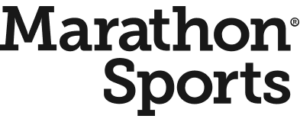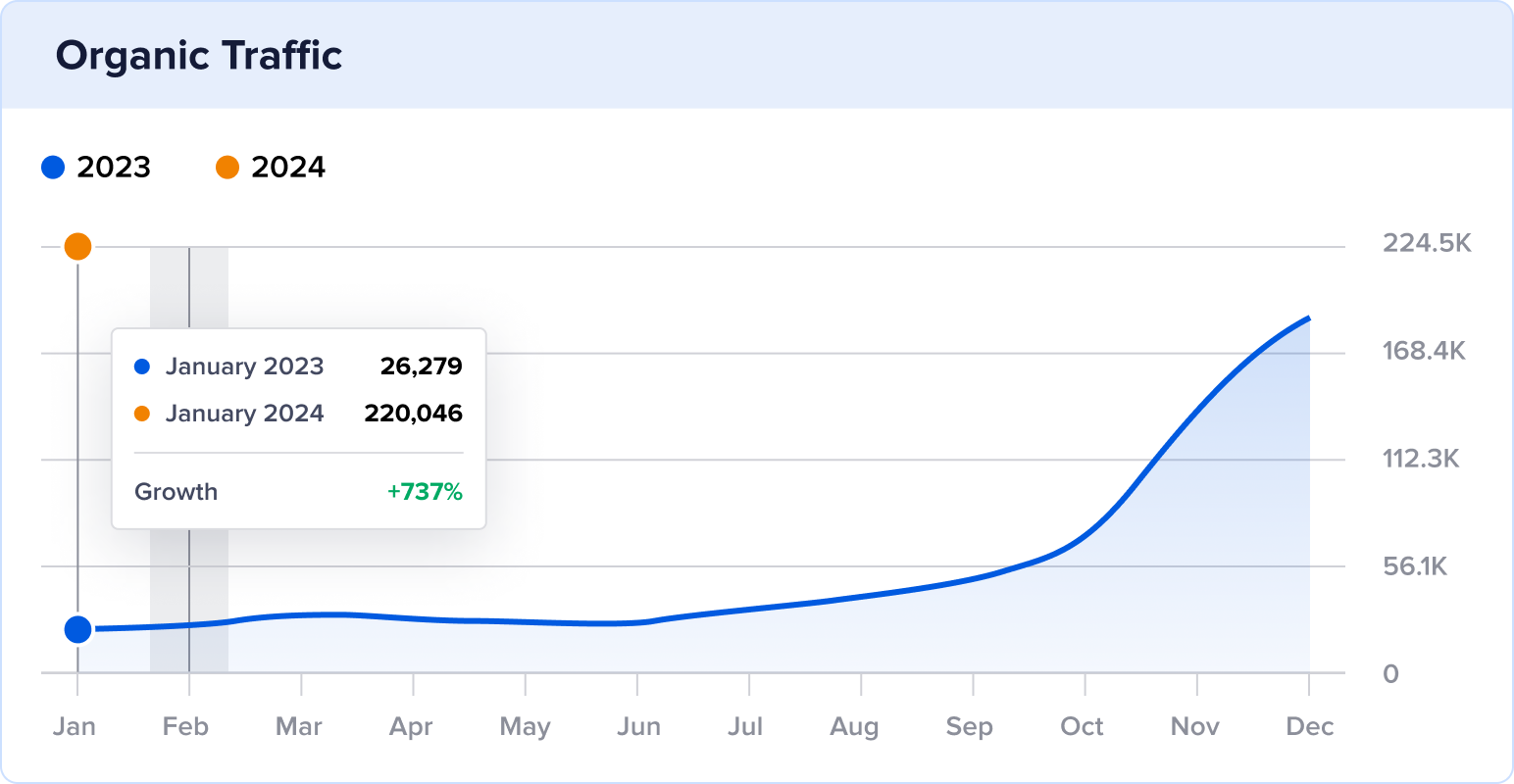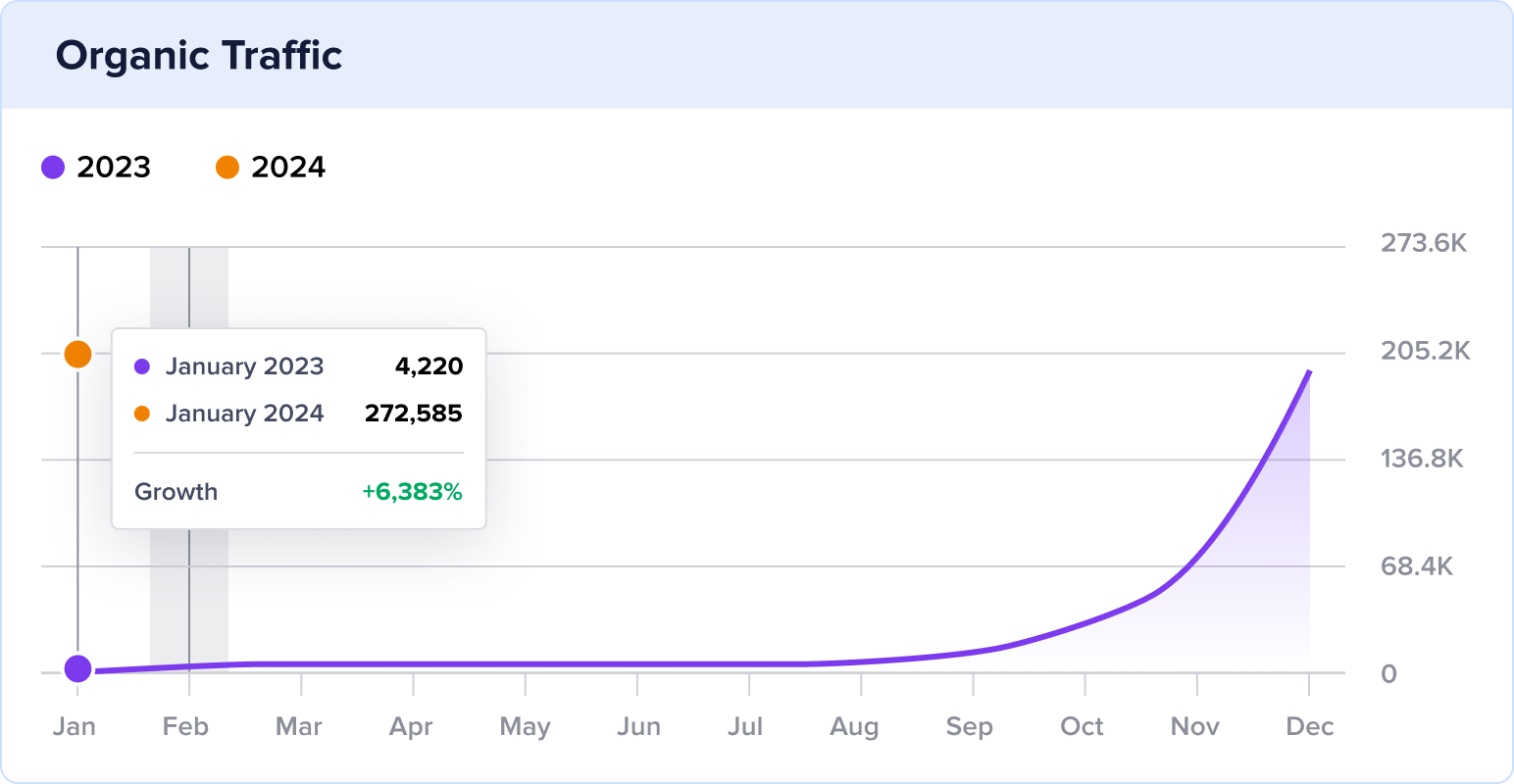How a Textile Manufacturer Grew Traffic by 1,086% in 6 Months
https://www.hiendaccents.com/
Stats
7K to 83K Monthly Visits
Industry
eCommerce
Niche
Textiles
Reporting Date
January 2024
In 2024, the global textile market is projected to reach 213.8K enterprises with a market value of USD 171.1 billion.
Yet, for small businesses, standing out amidst this vast landscape requires more than just local efforts or word of mouth. Instead, you’ve got to get strategic with your online presence.
And that’s exactly what the subject of this case study did.
Meet HiEnd Accents, a family-owned business making its way into American homes with luxury bedding designs.
In just 6 months, they achieved an astounding 1,086% growth. We’ll dive into the SEO strategies that propelled them to success and share tips and tools for implementing them on your eCommerce.
Let’s get started.
In This Article
About HiEnd Accents
HiEnd Accents is a textile manufacturer of luxury bedding and home linens. It was founded in 2005 in Dallas, Texas.
Initially, it focused on high-end rustic designs, but as the business grew, so did its portfolio.
Today, HiEnd Accents is based out of Irving and caters to all styles, including traditional, contemporary, and more.

HiEnd Accents offers an affiliate and wholesale program. Some of their partners include Wayfair, Macy’s, and Dillards.
Historical Performance
According to Semrush historical data, hiendaccents.com started generating traffic in 2015.
Monthly traffic didn’t break a thousand visits until the following year. And besides two anomalies in April and May 2017, monthly traffic stayed in the 1K range until the end of 2019.
Then, in 2020, HiEnd Accents experienced its first real traffic growth. It averaged 4.8K monthly visits during this time.
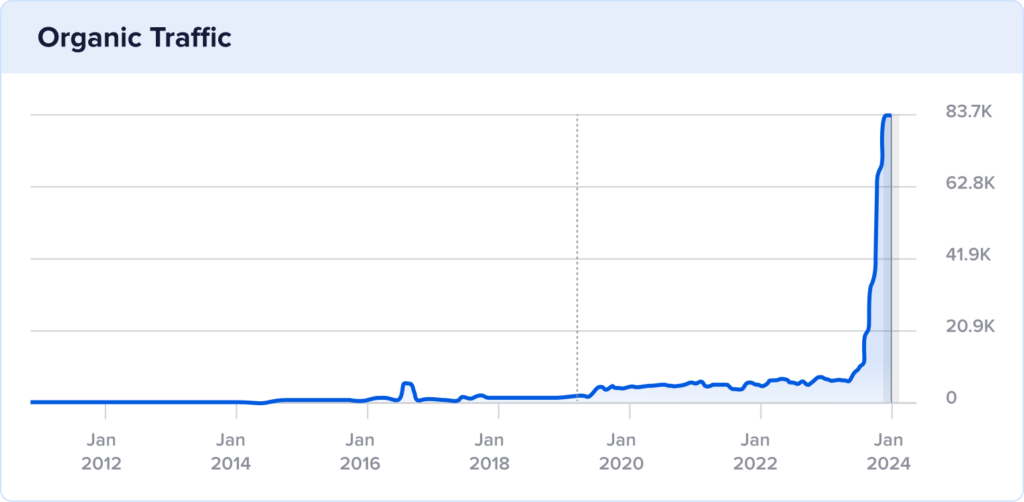
For the next few years, monthly visits teetered in the 4–6K range.
Then, the latter half of 2023 changed everything.
Organic traffic took off starting in August. And since then, there hasn’t been any slowing down.
January 2024 marks the highest traffic to date at 82.9K visits.

So, what exactly happened to trigger this explosive growth? And are there ways to replicate it?
Let’s find out.
The Catalyst: How HiEnd Accents Went From 7K to 83K Monthly Visits
Hiendaccents.com grew its organic traffic by performing the following:
- Targeting non-branded, buyer intent keywords
- Implementing image SEO best practices
- Using product schema markup
- Obtaining more backlinks
Let’s look at each strategy in detail to understand how it contributed to HiEnd Accent’s recent growth.
1. Targeting Non-Branded, Buyer Intent Keywords
HiEnd Accents added over 300 new URLs to its site between July and January, bringing the site total to 1.6K URLs.
About 61% of these pages were dedicated to new products, and 35% went to new collections.
And while the latter takes a smaller percentage of the content, it became the bigger contributor to HiEnd Accents’ traffic and keyword rankings.
To illustrate these developments, let’s compare the top-performing pages and keywords in July and January.
Let’s start with the pre-growth month of July.
These were the top traffic-driving pages of the month:

And these were the top-ranking keywords:

Let’s dissect what this tells us about July:
- All top-ranking keywords were branded. This means they contained some variation of the business name in it. Branded keywords are good for when you’re well-established and have high brand awareness. However, they’re not the best at introducing your brand to new customers because they need to know your brand name to find you.
- The top keywords have navigational intent. Search intent tells you the goal or purpose behind a user’s search. There are four types of search intent: informational, navigational, commercial, and transactional. July’s navigational intent simply reinforces that HiEnd Accents’ customers already knew where they wanted to go—HiEnd Accents’ website.
- The homepage generated 63.6% of all site traffic. Considering how all the top keywords were branded and with navigational intent, it’s no surprise that the homepage received the most traffic. Unfortunately, this doesn’t allow higher-converting pages, like product pages, to take the spotlight in search results.
Now, let’s look at January.
These were the top traffic-driving pages for the month:

And here are January’s top-ranking keywords:
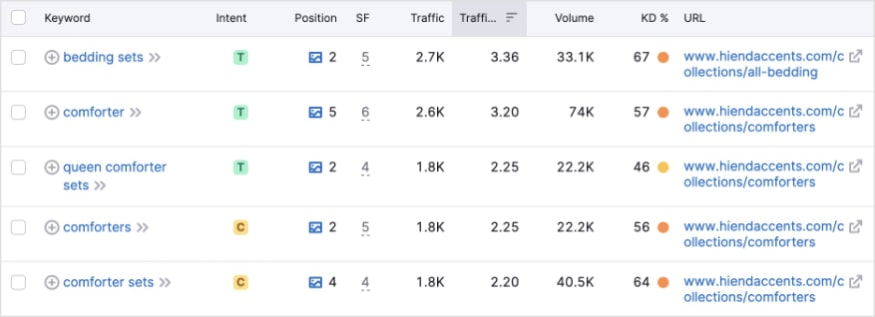
Let’s explore the new state of the site in January:
- The top-ranking keywords are now non-branded. HiEnd Accents is now ranking for more general search queries that aren’t exclusive to their brand. These keywords have higher search volumes, allowing HiEnd accents to cast a wider net and reach a broader audience.
- Keywords have buyer intent. Buyer intent keywords signal that users want to purchase a product or service. HiEnd Accents strategically targeted these keywords in their new content and is now ranking for them.
- Collection pages take the lead, generating the lion’s share of traffic. We no longer have the homepage at the top. Instead, the comforters collection takes 41% of site traffic. The bedding collection follows at 23%.
Why this matters:
HiEnd Accents’ transformation highlights the impact of SEO when building out your content.
By shifting from branded to non-branded keywords, businesses can enhance their reach and attract new customers.
Moreover, the emphasis on buyer intent keywords supports the buyer’s journey and drives conversions.
For HiEnd Accents, this approach proved successful. They more than doubled their keyword rankings from July to January, as shown below.

How to find non-branded, buyer intent keywords for your site:
This tutorial shows you how to find buyer intent keywords. You’ll need a Semrush account to follow the steps, but the strategy also applies to other keyword research tools.
If you need help getting started, this guide shows you how to do keyword research.
As for identifying non-branded terms, it’s easy. You’re good to go if the keyword doesn’t have a brand attached!
Tools for keyword research:
Did you know that you can do keyword research in WordPress?
All in One SEO (AIOSEO) makes this possible with its Keyphrase Suggestions tool. This unique feature connects with your Semrush account to provide keyword ideas directly in the editor.
Here’s an example of some suggestions for a NYC subway page:
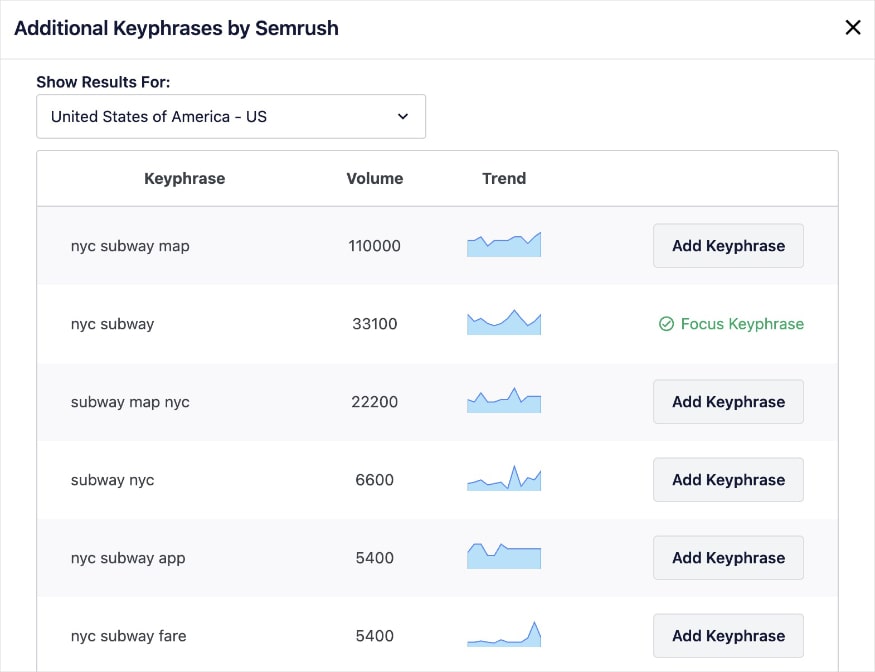
To find the search intent of these keywords, you could perform a quick keyword search in Semrush. If it aligns with your content’s goals, optimize for it.
Now, let’s look at how HiEnd Accents uses images to stand out on the search engine results page (SERP.)
2. Implementing Image SEO Best Practices
Between July and January, HiEnd Accents more than tripled its rankings for rich snippets with images.
The chart below demonstrates this growth, with January image rich snippets ranking for 8K keywords.

Images are a powerful way to capture users’ attention and drive more traffic to your site.
Here’s what one of these rich snippets looks like on the SERP:

Now, here’s the thing about images: Search engines can’t view or understand images without some textual context. That’s why it’s critical to communicate the image’s content with image SEO.
Image SEO is the optimization of certain elements of your image. This process helps search engines understand the photo and plays an important role in user accessibility, too.
HiEnd Accents uses image SEO best practices to increase the chances of winning rich snippets.
Here’s how they do it:
- Use an SEO-friendly image file name.
- Optimize alt text with the primary keyword.
- Implement image schema markup.
Why this matters:
According to SEO statistics, rich snippets get 58% of all clicks.
Non-rich results have a lower clickthrough rate (CTR) of 41%.
That’s why optimizing your site for rich snippets, including images, is critical.
Furthermore, image SEO can help you rank in Google Images, where there are approximately 1 billion searches every day.
How to do image SEO on your site:
Follow HiEnd Accents’ lead and optimize your images with strategic keyword placement.
For example, you’ll want to include your focus keyword in the following areas:
- Alt text
- Title tag
- Image file name
You’ll also want to pay attention to elements like:
- Image dimensions
- Image schema
- File size
- Captions
For a full list of items, this image SEO tutorial shows you how to optimize for each.
Tools for image SEO:
Image SEO can be labor-intensive without the right tools.
At AIOSEO, the Image SEO feature eliminates much of the manual work of image optimizations. You can customize and automate certain image SEO elements in just one click.
For example, automatically generate image titles using smart tags, as shown below.

As for schema markup, our Schema Generator implements image schema for you. It’s as easy as uploading your image in the schema settings, and we’ll take care of the rest.

Next, let’s take a look at why schema markup is important.
3. Using Product Schema Markup
HiEnd Accents uses product schema markup throughout its site.
Product schema is one type of schema markup common for eCommerce businesses, but several different types exist. (Here’s a look at available schema types in AIOSEO.)
Schema markup lives within a web page’s code. It communicates important details about the page to search engines.
Search engines can then use this information to better understand your content and generate a rich snippet on the SERP.
Product schema, in particular, allows you to add elements like images, reviews and ratings, price, and more—which brings us to review snippets.
Review snippets are extremely valuable for eCommerce businesses. They display an average rating, typically in the form of stars.
Here’s what one looks like:
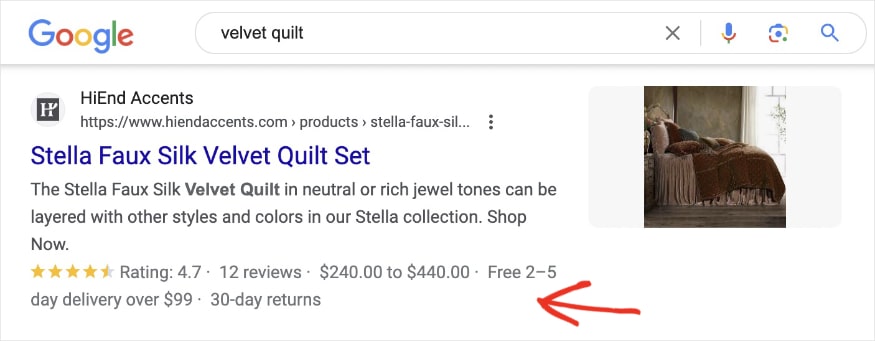
Note: Implementing schema markup does not guarantee a rich snippet. However, it is considered an SEO best practice to use it on your website.
In January 2024, HiEnd Accents received an influx of review snippets—3,119 to be exact.
That’s a 136.3% increase over July.

Why this matters:
Over 99.9% of users read reviews when shopping online. Because of this, they’re integral to a strong online presence.
Ultimately, review snippets help you:
- Show off social proof
- Build trust
- Foster loyalty
- Increase CTRs
- Drive sales
How to implement product review schema on your site:
This guide shows you how to add schema markup to WordPress without a plugin. It gives you three different methods, and each requires some coding knowledge.
If you already have a schema plugin, like AIOSEO, this article shows how to add product review schema in WordPress.
Tools for product schema markup:
AIOSEO’s Schema Generator makes schema markup a breeze. No coding required.
Simply pick the schema markup you want, and we’ll format the structured data for search engines.
The Schema Catalog comes with several different schema markups, including product. Just click the + button, fill out a few information fields (you can add review details during this step, too), and that’s it!
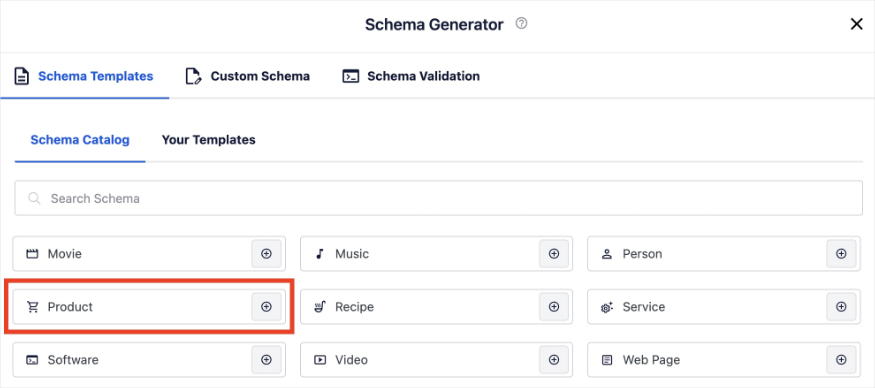
Next, we’ll conclude HiEnd Accents’ growth strategies by discussing backlinks.
4. Obtaining More Backlinks
At the end of 2023 and the start of 2024, HiEnd Accents experienced a substantial increase in backlinks.
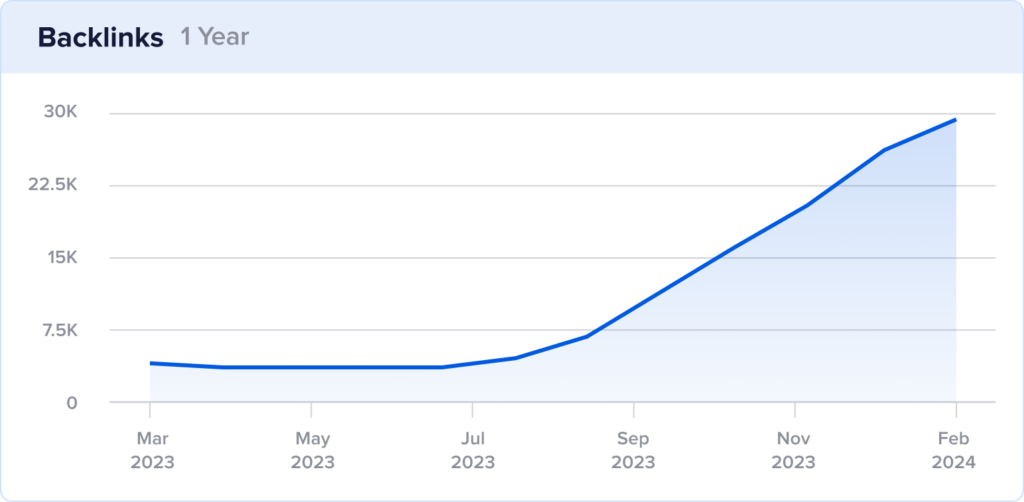
Backlinks are links from other websites to yours.
Most of HiEnd Accents backlinks come from images (85%), which is unsurprising considering how well their images have been ranking in search results.
Unfortunately, Semrush flagged their profile for having too high of a follow share (99%.)
Your average website should have a mix of both follow and nofollow links. Follow links tell search engines to crawl the link and pass on SEO equity. Nofollow links do not.
When your site has too many follow links, it can look suspicious to search engines.
That’s why it’s good to maintain a natural balance of the two, with follow links being higher.
Why this matters:
Backlinks are like votes of confidence for your site.
They tell search engines you have something valuable to offer and vouch for your content.
They’re also among the top 3 ranking factors, according to 2024 ranking statistics.
How to do link building on your site:
Backlinks are just one piece of a well-rounded linking strategy.
This article shows you how to get backlinks, but you’ll also want to optimize for the following:
- Internal links (from one page on your site to another page on your site)
- Outbound links (from your site to another external site)
This link-building guide has all the steps you need to optimize for each.
Tools for link building:
Link Assistant helps you find internal linking opportunities quickly. With linking suggestions that populate in the WordPress editor, it’s as simple as clicking Add Link.
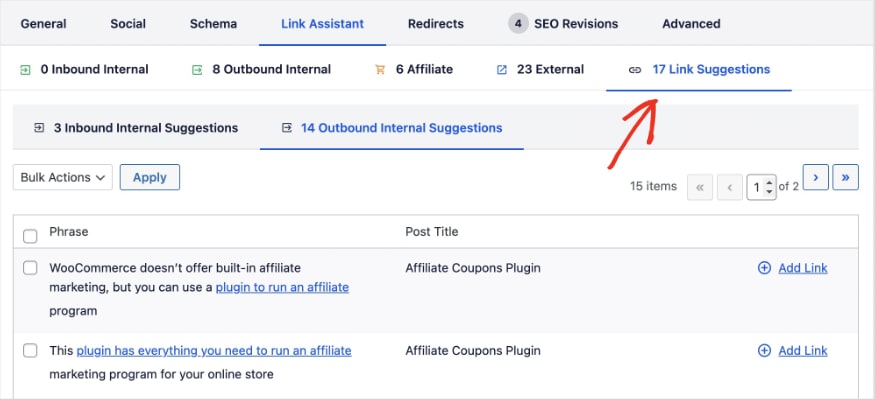
Standout SEO Wins
Before we wrap up, there’s an additional SEO technique worth highlighting at hiendaccents.com.
1. They control crawling with robots.txt.
Robots.txt is a text file that tells search engines which pages they can crawl and which they cannot. HiEnd Accents uses this file to prevent crawling of certain pages with sensitive data (for example, customer logins and account pages.) You, too, can prevent bots from accessing these areas of your site by using a disallow directive in your robots.txt file.
Tool: While it sounds technical, generating and editing a robots.txt file is easy with AIOSEO. The Robots.txt Editor allows you to add rules, like a disallow directive, in just a few clicks.
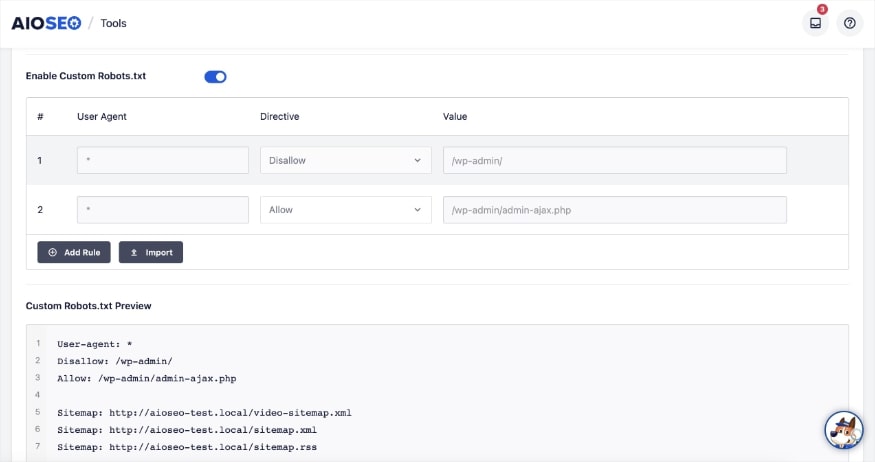
Takeaways
In our analysis of HiEnd Accents, we’ve uncovered the strategies behind their recent organic success.
Now, let’s recap which strategies you can replicate on your eCommerce and others to reconsider.
Top 3 Strategies to Emulate
- Broaden your reach with non-branded keywords. Grow your audience by targeting search terms that aren’t tied to your brand. Non-branded keywords allow you to capture users who are unfamiliar with your brand but are searching for products similar to yours. This strategy can increase your visibility in search results and attract potential new customers.
- Boost sales by targeting buyer intent keywords. Focus on keywords that show a readiness to purchase. Buyer intent keywords signal that users are actively seeking a product and are likelier to convert. By targeting these keywords in your content and ad campaigns, you can grow your return on investment (ROI) and generate more sales.
- Implement schema markup to win rich snippets. Schema markup helps search engines understand your page and can lead to rich results on the SERP. Rich snippets attract more clicks than standard search listings, driving more organic traffic to your site.
Bottom 3 Strategies to Reconsider
- Not using image title tags. Even though HiEnd Accents does a good job implementing image SEO, they overlook image title tags. These attributes appear when users click or hover over an image. They also provide search engines with additional context, making it easier for them to understand the image. You can automate image titles using the Image SEO feature in AIOSEO.
- Missing meta descriptions. Meta descriptions give users a preview of your content on the SERP. Failing to include them can result in search engines generating them for you (sometimes they do this when you have them, too), but it may not be ideal. To increase search engines’ likelihood of using yours, set a unique meta description for every indexable page. You can even use a meta description generator to write them for you.
- Exceeding meta title character limits. Meta titles should be between 50-60 characters. When they exceed this limit, your meta title is truncated, leading to incomplete or unclear titles on the SERP. This can diminish their effectiveness. We recommend putting your metadata in a SERP preview tool to check you like how it looks and, ultimately, boost your CTR.
Steal Our SEO Winning Strategy: A Checklist for Your Website
Do you want to join the winning ranks of eCommerce sites like HiEnd Accents?
This exclusive SEO Checklist has all the optimizations you need to make it to the top of the SERP.
Download A Free SEO Checklist
Access our comprehensive SEO Checklist with a single click. We’ll deliver it straight to you, putting actionable items with SEO tools and tutorials right at your fingertips.
Enter your name and email to download a free SEO checklist.

Grow Your Visibility and Organic Traffic With AIOSEO
What if you could take a streamlined route to replicating HiEnd Accents’ winning formula?
AIOSEO can help you do just that.

AIOSEO is the most powerful SEO plugin on the market. With thousands of 5-star reviews and trusted by over 3 million website owners, you’ll be in good company as you grow your rankings. You’ll get a traffic-winning suite of tools to help you take on the competition and win more real estate on the SERP.
Here are some of our favorites:
- Semrush Keyphrase Suggestions: Perform keyword research directly in the WordPress editor. AIOSEO connects with your Semrush account to generate and serve keyword ideas for your content.
- Image SEO: Turn on automatic image alt text and title attributes with a single click. You’ll save time from manual entries while helping users and search engines understand your images.
- Rich Snippets Schema: AIOSEO offers various schema markup options to help you claim more rich results on the SERP. It’s as simple as choosing the schema you want; then, we’ll format the structured data for Google.
- Link Assistant: Apply internal linking best practices with easy linking suggestions and reports. These tools will help boost content discovery and prevent orphan pages.
- Robots.txt Editor: Control how bots crawl your site with the Robots.txt Editor, which allows you to override default WordPress settings. This tool makes it simple to view your robots.txt file and manage crawling rules.
- WooCommerce SEO: Streamline your eCommerce SEO to win higher rankings for your product pages and product collections. This time-saving tool helps you customize and automate meta titles and descriptions so your product stands out on the SERP.
